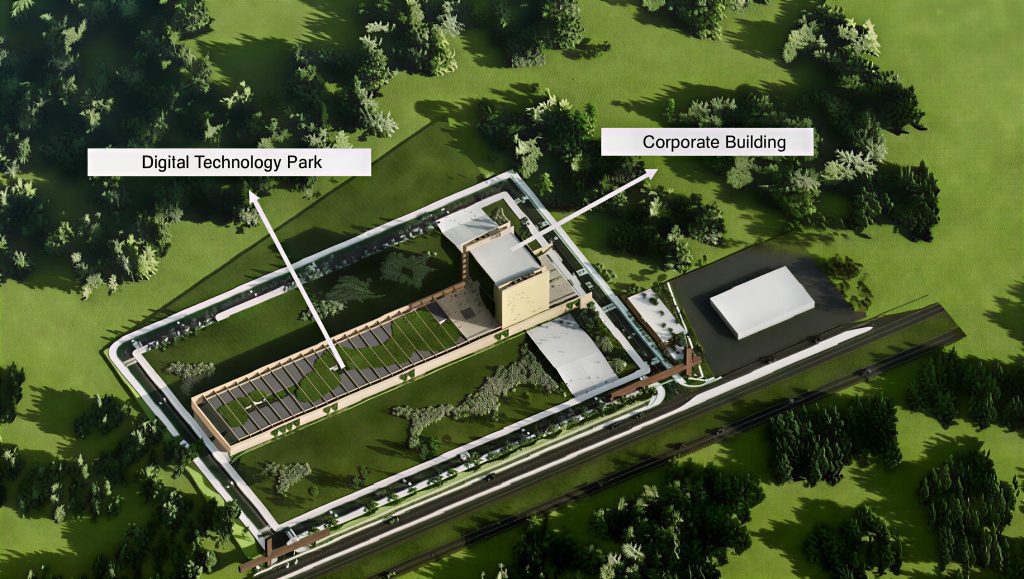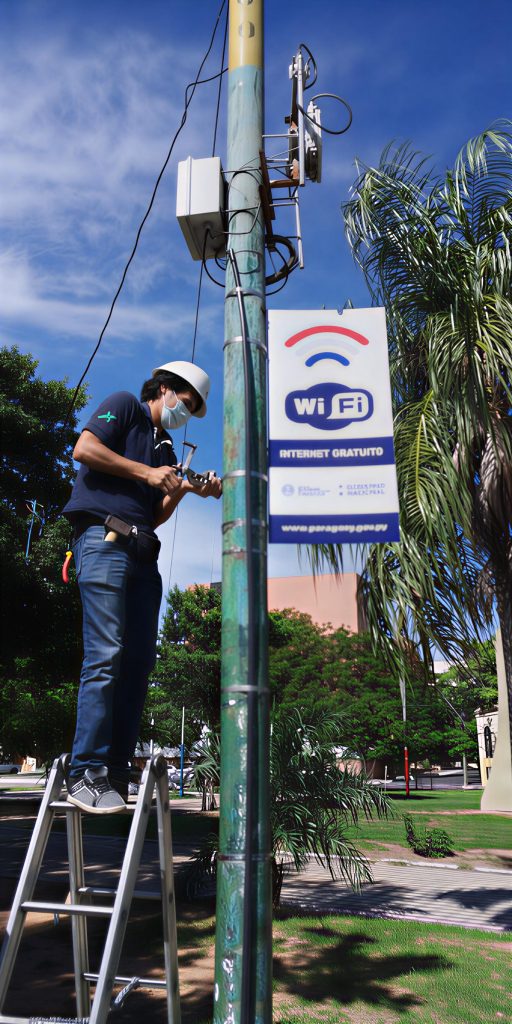Asunción is undergoing a significant transformation into a smart city, with tangible advancements reshaping daily life for residents and international residents alike. While The Asunción Times previously covered the Smart City Paraguay 2025 Congress and its vision for urban innovation, this article focuses on the concrete steps already being implemented in Asunción’s smart city initiatives, from digital municipal services to the development of the Digital District and the expansion of free public Wi-Fi.
These initiatives show how innovation is moving from concept to practical benefit, adapting global smart city trends to local realities.
Digital District: a hub for innovation
Paraguay’s Ministry of Information Technology and Communication (MITIC) has introduced the Digital District project, a model of innovation designed to foster collaboration between the public sector, academia, and private industry. Located in Ñu Guasu, the district will cover approximately six hectares and aims to be a vibrant hub where technology, education, and business converge.
In June 2025, Paraguay initiated an international public tender for the design and construction of the Digital District. This step represents a concrete move towards creating a state-of-the-art technological hub expected to attract investment, talent, and international interest. According to MITIC, the Digital District will serve not only as a national centre for innovation but also as a regional reference for smart city solutions in South America.

Expanding connectivity: free public Wi-Fi

As part of its ongoing efforts to improve connectivity, MITIC now provides over 400 free public Wi-Fi hotspots across Paraguay. These hotspots are helping to bridge the digital divide, providing internet access for education, business, and civic engagement. For example, students in public libraries, and small entrepreneurs in local markets are already benefiting from seamless access to online resources and digital platforms.
By expanding connectivity, Asunción’s smart city initiatives are taking practical steps to ensure that all citizens and international residents can participate in the digital economy, learn online, and engage with government services. This initiative also aligns with global trends, where urban centres are prioritising open-access internet as part of their smart city infrastructure.
Digital services: streamlining municipal processes
MITIC has focused on digitising municipal services to simplify everyday tasks for citizens. Residents can now complete procedures such as licence renewals, business registrations, and municipal approvals online, reducing the need for in-person visits. Early feedback indicates improved efficiency and reduced waiting times, making public services more user-friendly.
The move towards digitalisation also highlights how Asunción’s smart city initiatives are adapting smart city concepts to the needs of its residents. By using technology to streamline administrative processes, the city is demonstrating how innovation can directly improve the quality of life.
Looking ahead: a smart city in the making
Asunción’s journey towards becoming a smart city is marked by visible progress. The Digital District, expanded free Wi-Fi, and digital municipal services are laying the groundwork for a more connected, efficient urban environment. By building on the vision previously outlined at Smart City Paraguay 2025, these initiatives reflect the city’s commitment to embracing digital transformation and creating a city that meets the needs of both local and international communities.
Globally, cities that have implemented similar solutions, such as Singapore, Barcelona, and Medellín, report improved urban management, higher citizen satisfaction, and stronger local economies. Asunción’s smart city initiatives are now following a comparable path, combining innovation with practical application tailored to local realities.
With these steps, the city is not only investing in infrastructure but also in the experience of its citizens, providing access, convenience, and opportunities for all. The transformation demonstrates that smart cities are not just about technology but about people-centred urban living.


